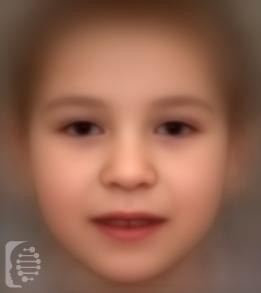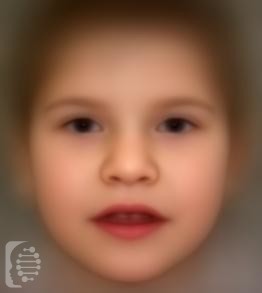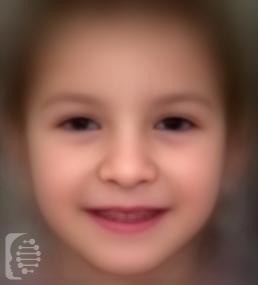
Pfeiffer syndrome
Pfeiffer syndrome is a rare genetic syndrome. It includes the premature fusion of specific skull bones, as well as thumb anomalies and anomalies affecting the large toes. Other main features include protruding eyes and hearing loss. There are currently 3 main types of the syndrome that have been identified. They vary in their causes and […]






